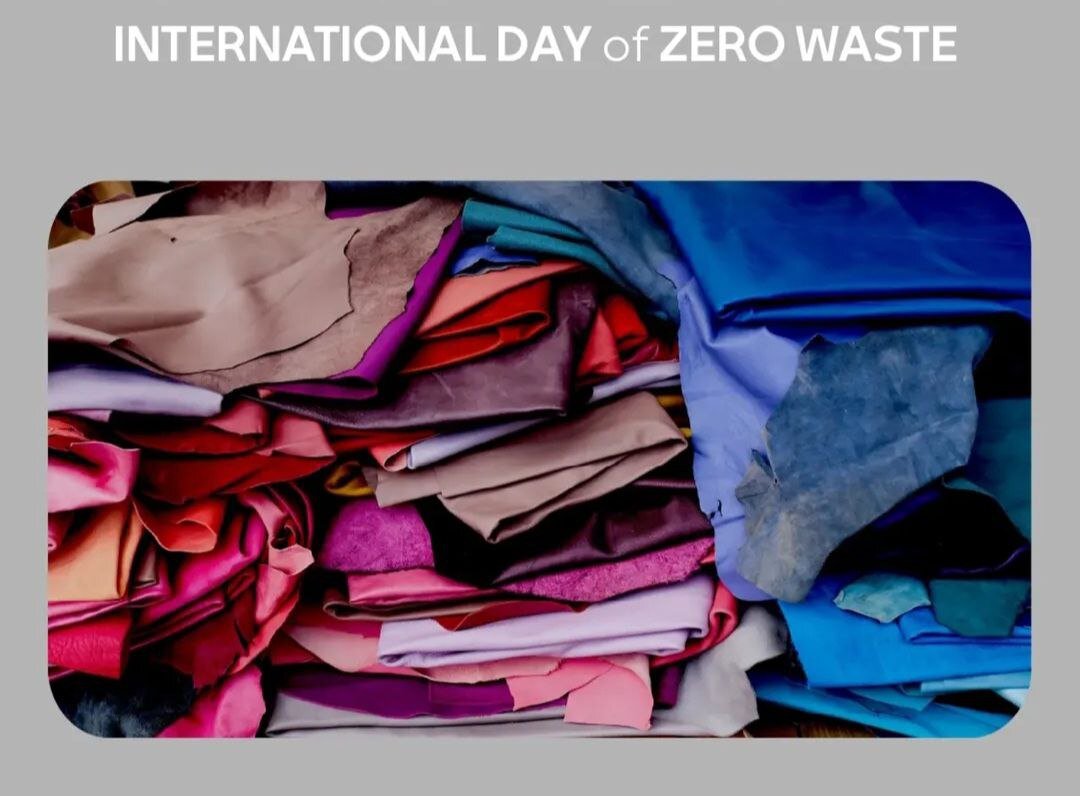INSUBCONTINENT EXCLUSIVE:
and targets in the 2030 Agenda for Sustainable Development.These goals address all forms of waste, including food loss and waste, natural
resource extraction, and electronic waste.The United Nations Environment Programme (UNEP) and the United Nations Human Settlements Programme
action in the fashion and textile sector to reduce waste and advance circular solutions.The rapid growth in textile production and
consumption is outpacing sustainability efforts in the sector, causing severe environmental, economic, and social impacts, particularly in
Clothing production doubled from 2000 to 2015 and yet, 92 million tonnes of textile waste is produced globally
This equates to a garbage truck full of clothing incinerated or sent to landfills every second.Addressing this challenge requires systemic
change through sustainable production and consumption, and circular solutions
A zero-waste approach is key to this transition.Consumers can significantly reduce environmental harm by adopting practices like reuse,
Shifting away from fast fashion and investing in durable, high-quality clothing not only conserves resources but also honors traditional
sustainability approaches.The private sector must take responsibility by designing products that are durable, repairable, and recyclable,
while embracing circular business models that curb chemical pollution, reduce production volumes, use sustainable materials, and help
Innovation and accountability should guide business strategies.Governments play a critical role by enforcing Extended Producer
Responsibility (EPR) schemes, regulating harmful chemicals, investing in recycling infrastructure, and incentivizing sustainable business
models to drive the transition to a circular economy.

